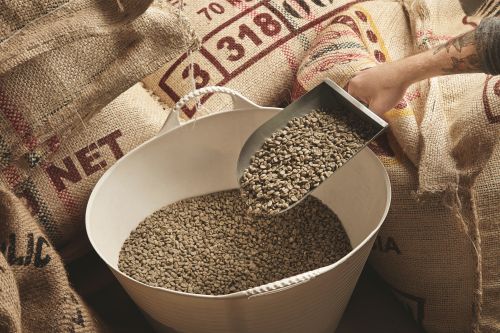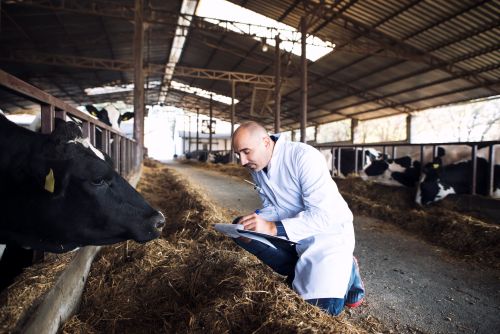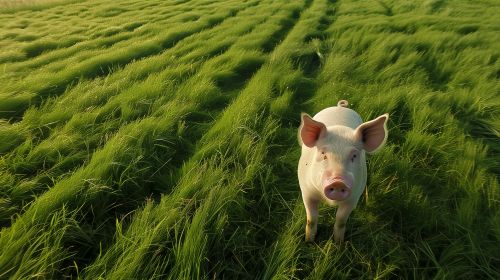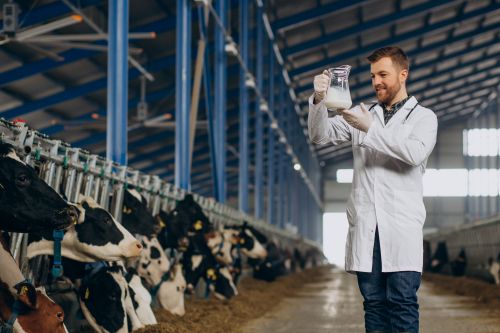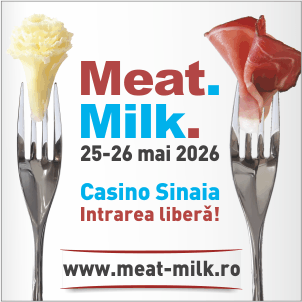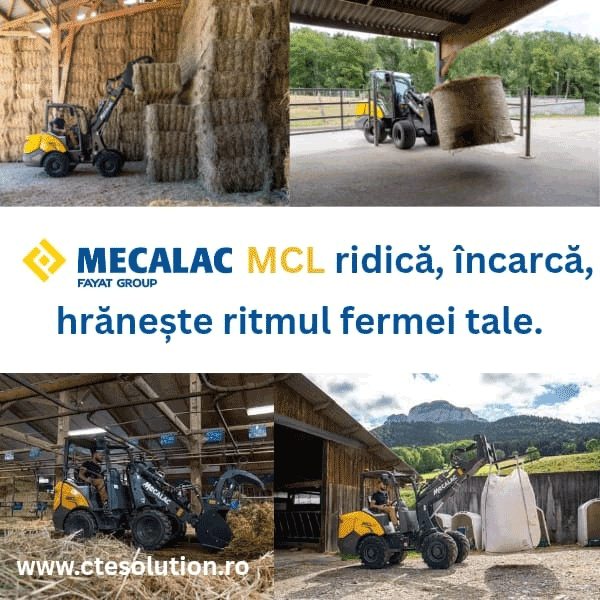614
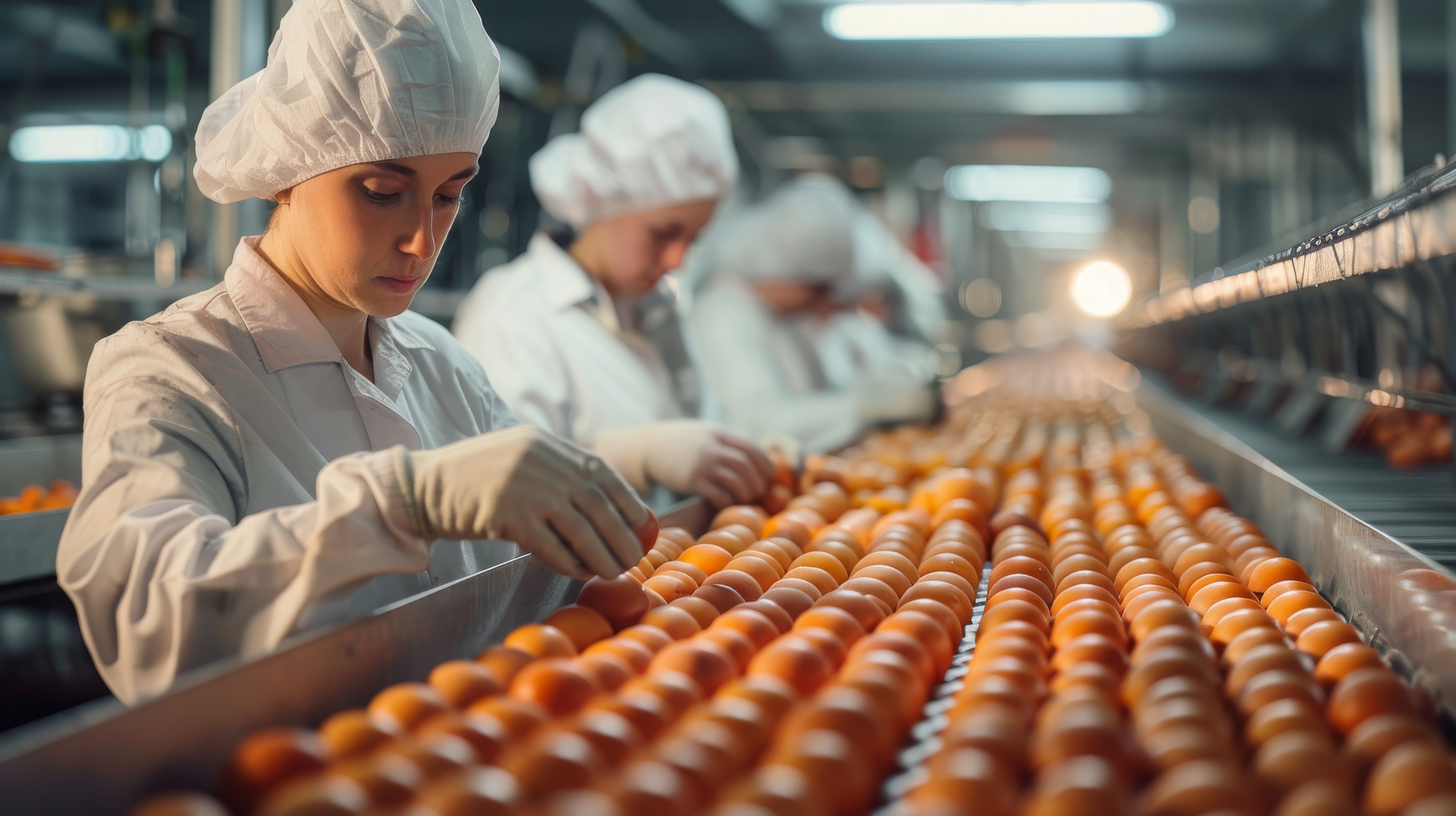
Primary production farms represent the first and most essential level of the agri-food chain, providing the raw materials needed for the processing, trade, and export sectors. These farms focus exclusively on raw production—whether it be milk, meat, eggs, honey, or fish—without incorporating processing or packaging stages within the same structure. In Romania and across the EU, they make up the majority of commercial livestock operations and are directly influenced by Common Agricultural Policy (CAP) measures, market fluctuations, and input costs.
Definition and structure
In the livestock sector, primary production farms are generally dedicated to a single activity: milk production (cattle, goats), egg production (laying hens), meat production (pigs, cattle, poultry, sheep), or rearing young animals for fattening (e.g., calves, piglets). These farms do not engage in slaughtering, processing, or packaging. Instead, they sell their output to authorized processors or slaughterhouses.
According to data from Romania’s Ministry of Agriculture (MADR) and Eurostat (2023), over 84% of commercial livestock farms in Romania are primary production units, while only 7–9% are integrated or fattening farms. For example, in the dairy sector, around 370,000 dairy cows are raised in commercial systems, and more than 85% of these are in farms that solely collect and deliver raw milk to processing centers.
Operating models and investments
These farms operate under intensive or semi-intensive systems, depending on species and scale. Generally, primary production farms follow standardized infrastructure models: animal shelters, manure platforms, feed distribution systems, milking equipment (for dairy farms), or climate-controlled housing (in poultry farming). The average investment required for a modern primary production farm ranges between €200,000 and €1 million, depending on capacity, technology, and species.
Performance indicators
Productivity is a key metric for primary production farms. In Romanian dairy farms, average milk yields range between 4,500 and 6,000 liters/year/cow, compared to over 8,000 liters in intensive farms in France or Germany. In the poultry sector, a modern egg-laying facility can produce 330–350 eggs/year/hen, with a feed conversion ratio under 2.3 kg/kg of eggs.
Market challenges
Primary production farms are highly sensitive to input price volatility (feed, energy, veterinary services) and market pressure. Their lack of vertical integration makes them dependent on contracts with processors and on milk/meat collection policies, limiting their profit margins and making them vulnerable to seasonal price fluctuations.
However, these farms can access financial support through eco-schemes (animal welfare, antibiotic reduction, local feed use) as well as through DR-14 and DR-20 interventions from the 2023–2027 CAP Strategic Plan, which target farm modernization and the transition to sustainable practices.
Conclusion
Primary production farms remain indispensable for the efficient operation of the agri-food chain and for Romania’s food security. Enhancing the performance of these units through investment, digitalization, and professional management is a necessary condition for the overall competitiveness and resilience of the livestock sector.
(Photo: Freepik)
